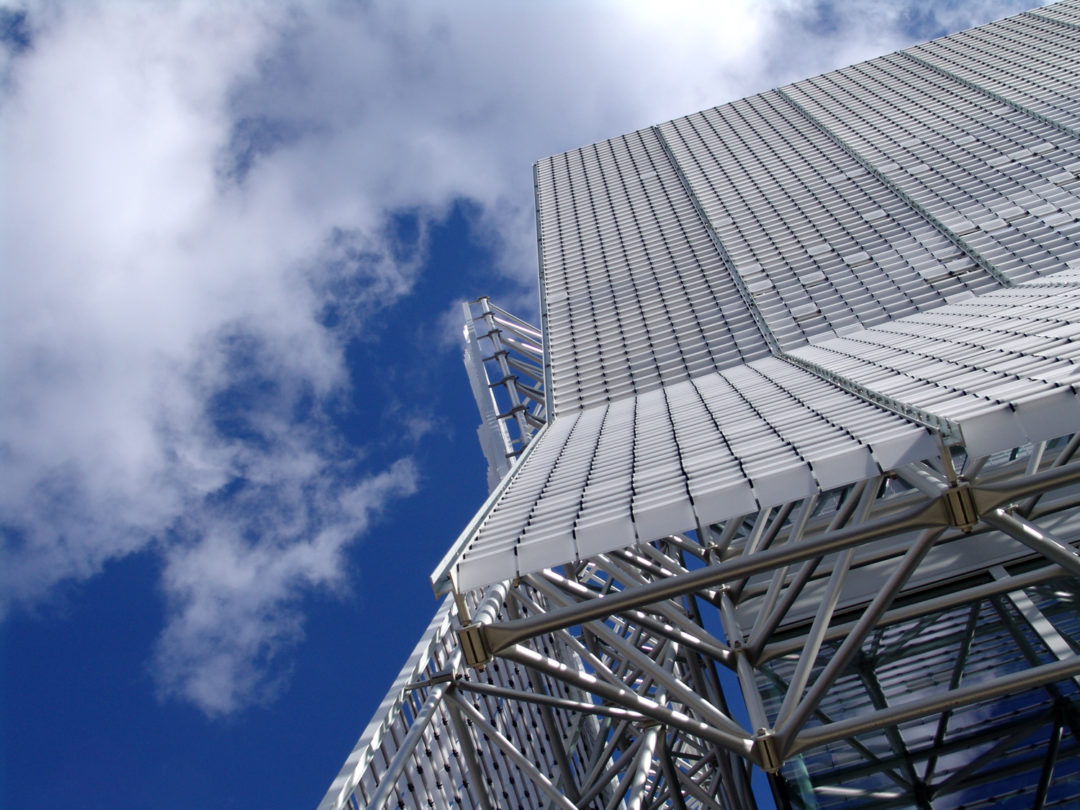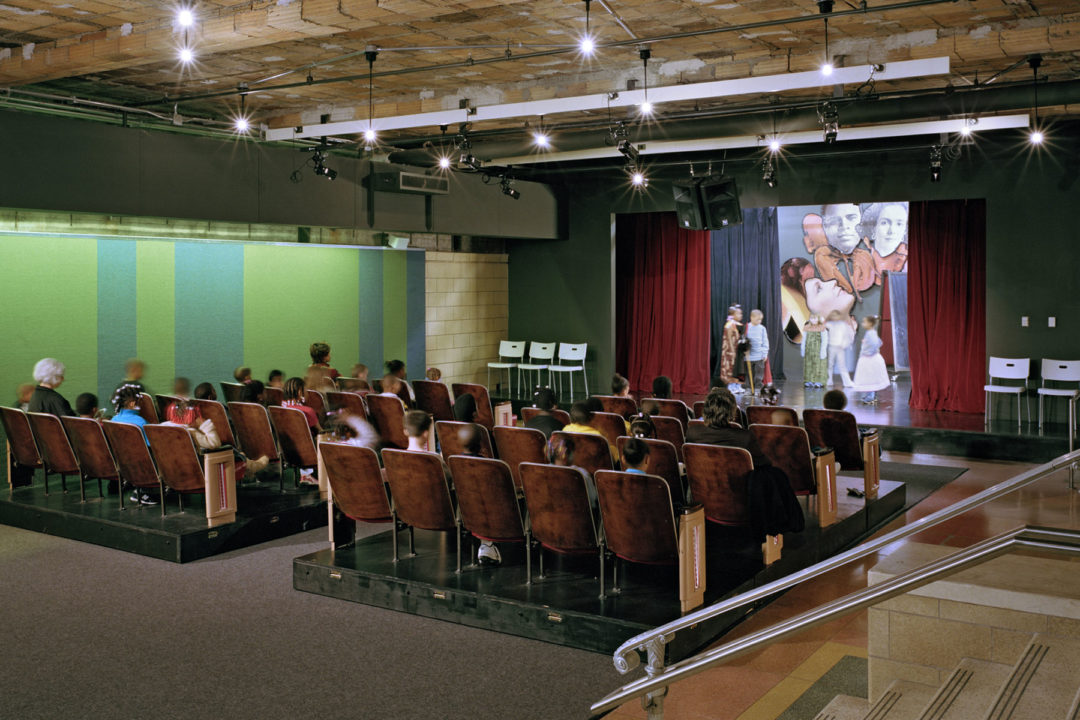Children's Museum of Pittsburgh - A New Era in Exploration
Project's Summary
The Children's Museum of Pittsburgh has undergone a stunning transformation with the addition of a new entry and exhibition space that connects a 1890s post office with a 1939 planetarium. The Koning Eizenberg Architecture studio has created a magnificent contrast between the historic stone landmarks and a modern steel and glass-framed space. This adaptive reuse and addition not only highlights the architectural heritage of the buildings but also sets a new standard for children's museums.

The new space supports interactive exploration, making it an exciting place for children and adults alike. The fluttering sunshade that moves in the wind and shades the glass signifies a place of discovery. The Museum is the largest LEED Silver museum in the country and the first for children. The adaptive reuse, recycled materials, and passive shading are all part of the Museum's commitment to sustainability. With this new addition, the Museum continues to contribute to its sustained social change in a low-income, underserved neighborhood.

The Koning Eizenberg Architecture studio's visionary design has breathed new life into the historic buildings while preserving their heritage. The contrast between the old and the new creates a dynamic and exciting space that encourages exploration and discovery. It's a place where children can learn about the past while embracing the future. The new entry and exhibition space not only honors the past but also sets a new standard for children's museums.

The Children's Museum of Pittsburgh's new entry and exhibition space is a community asset that will inspire generations to come. It's a place where children and adults can learn, explore, and have fun. The Museum's commitment to sustainability and social change is evident in every aspect of the design. This new addition is a testament to the Museum's dedication to creating a better future for all. As the Museum continues to evolve and grow, it will remain a beacon of hope and inspiration for the community.

In conclusion, the new entry and exhibition space at the Children's Museum of Pittsburgh is a stunning example of adaptive reuse and visionary design. The Koning Eizenberg Architecture studio has created a space that honors the past while embracing the future. It's a place where children can learn, explore, and have fun while contributing to social change in a low-income, underserved neighborhood. The Museum's commitment to sustainability and community engagement is evident in every aspect of the design. The new entry and exhibition space is a community asset that will inspire generations to come.
Read also about the Ababa Village: A New Urban Identity in Addis Ababa project






